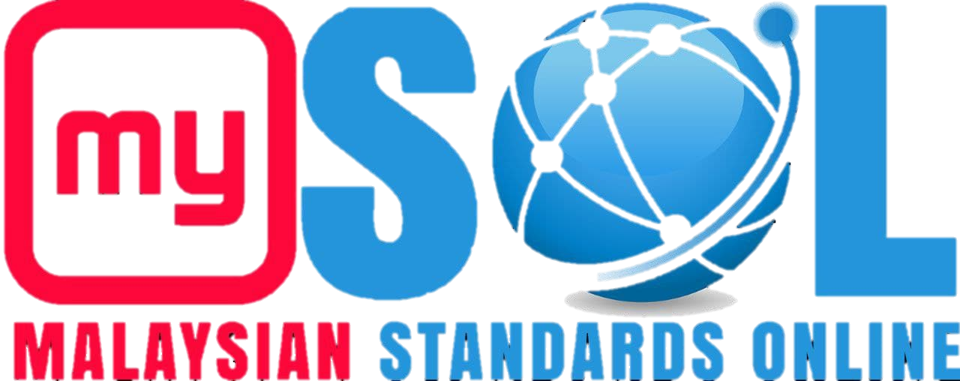Medical laboratories – Requirements for quality and competence (Third revision) (ISO 15189:2022, IDT) (Published by Department of Standards Malaysia in 2023)
MS ISO 15189:2022Status : 3rd Revision
Format : PDF
This document specifies requirements for quality and competence in medical laboratories.
This document is applicable to medical laboratories in developing their management systems and a
....Read more
Safety in laboratories - Code of practice - Part 1: General (Second revision)
MS 1042-1:2023Status : 2nd Revision
Format : PDF
This Malaysian Standard provides information and sets out recommendations; general procedures and precautions designed to promote safety of persons and property in laboratory operations. The safety as ....Read more
Fishing net - Specification (First revision)
MS 629:2023Status : 1st Revision
Format : PDF
This Malaysian Standard specifies the quality requirements and method of test for fishing nets.
Fire extinguishing installations and equipment - Part 2: Wet and dry firefighting mains (First revision)
MS 1489-2:2023Status : 1st Revision
Format : PDF
This Malaysian Standard gives recommendations for wet firefighting mains, dry firefighting mains and hydrant systems. It covers good practice in matters affecting the design, installation, testing and ....Read more
Fire extinguishing installations and equipment - Part 1: Hose reels and foam inlets (Second revision)
MS 1489-1:2023Status : 2nd Revision
Format : PDF
This Malaysian Standard gives recommendations for hose reels and foam inlet. It covers good practice in matters affecting the design, installation, testing and maintenance of such systems. It does not ....Read more
Road traffic safety - Good practices for platform providers in implementing work-related road traffic safety management
MS 2756:2023Status : Original
Format : PDF
This standard provides guidelines for good practices that can be adopted by any platform provider in the transport sector including e-hailing and p-hailing operators for the implementation of work-rel ....Read more
Amenity trees and palms maintenance - Pruning
MS 2771:2023Status : Original
Format : PDF
This Malaysian Standard establishes general guidelines for good practices of amenity trees and palms maintenance which covers pruning activity. It is not applicable to economic crops (i.e. oil palm pl ....Read more
Malaysia National Annex to MS ISO 37122:2019, Sustainable cities and communities – Indicators for smart cities
MS ISO 37122:2019 (NATIONAL ANNEX:2023)Status : Original
Format : PDF
This document gives:
a) the Malaysia decisions for the national defined indicators described in the clause/ subclauses of MS ISO 37122:2019
b) the Malaysia’s decisions on the s
....Read more
Application of fire safety engineering principles to the design of buildings - Code of practice
MS 2780:2023Status : Original
Format : PDF
This Malaysian Standard is supported by a series of Published Documents from the British Standard Institute (BSI) which that contain guidance and information on how to undertake detailed analysis of s ....Read more
Security for industrial automation and control systems – Part 3-2: Security risk assessment for system design (IEC 62443-3-2:2020, IDT) (Published by Department of Standards Malaysia in 2023)
MS IEC 62443-3-2:2020Status : Original
Format : PDF
This part of IEC 62443 establishes requirements for:
• defining a system under consideration (SUC) for an industrial automation and control
system (IACS);
• partitioni
....Read more
